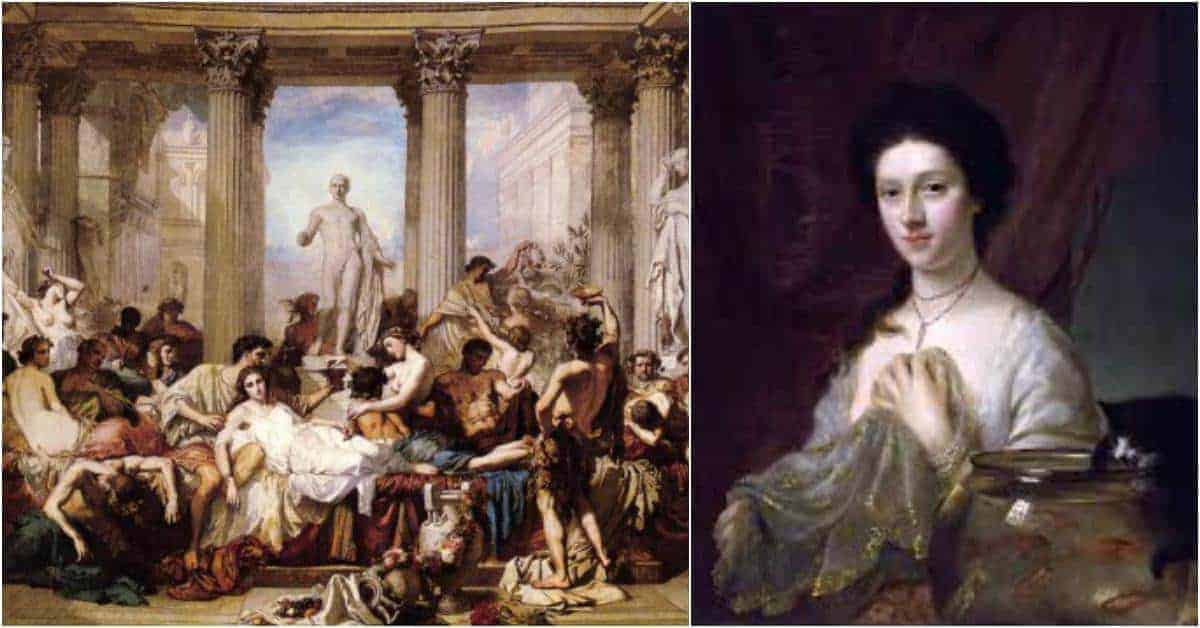Throughout history, lovemaking has been portrayed in a number of different lights. In some societies, it was heralded and flaunted, in others, it was kept cloistered and private. Mankind cannot exist without it and yet the rules and views regarding lovemaking continue to change as society changes. Lovemaking has been able to influence politics, finances, science and the course of history in ways that may not be fully understood until decades or centuries later.
For some people having physical acts ruined their lives when the affair became public, for others it ended up costing their life. For science, evolving attitudes about lovemaking and reproduction ensured a better future for everyone, if there were a few setbacks along the way. Lovemaking has also been known to influence people in financial circles or be used by spies in order to get close to their targets. Some believe that even Albert Einstein fell in love with a Soviet spy and that was an affair that really could have changed the world if Albert had shared more with her. For better or worse getting down and dirty can have repercussions that can change history forever but there are worse ways to change the world.
Toys were Created To Spare Male Doctors Having to Give Women pleasure
Vibrators have been around for over 2 centuries and even though today they are associated with female pleasure, that was not at all what they were invented for. Vibrators are so common today that it is estimated that one-third of all women own one in order to enjoy themselves on their own time. Vibrators were created in the 19th century with the express purpose of giving women orgasms but it wasn’t out of any sort of concern for the pleasure of a woman. Instead, vibrators were created because male doctors were suffering from hand fatigue from having to frequently give women orgasms.

Women were honestly believed to derive no pleasure from physical acts and therefore orgasms were seen as just like any other medical treatment. Women of society were taught that physical drive and desire were strictly male characteristics. Women, on the other hand, were just there to put up with the act in order to pleasure the man and reproduce. This belief was of course not true at all, women were driven to physical acts just as much or even more than men. However, men gave no care to the pleasure of their wives and mistresses which led to many frustrated women.
These women would then go to their doctors with a litany of symptoms. They would complain of sleeplessness, wetness between the legs, erotic feelings, anxiety, and heaviness in the lower abdomen. This condition was called hysteria and throughout history, there were a number of different treatments. In the 13th century, women were offered dildos in order to deal with their frustration. By the 16th century, women were simply told to satisfy their husbands and encourage their lust. This was less than helpful since most women do not orgasm from intercourse alone. By the 17th century, masturbation was against common decency and therefore dildos were no longer an option.
Thus, women went to their doctors and midwives in droves for relief. A socially acceptable treatment was for the doctor or midwife to rub vegetable oil on the clitoris to stimulate it until orgasm. But since women did not experience pleasure the result was not called an orgasm but rather a paroxysm. So many women needed the treatment and it took so long to finish that many men complained of hand cramps and thus began searching for a mechanical option that would spare their aching hands. Experiments with hydro and steam-powered vibrators were only mildly successful and very dangerous, it was not until electricity that the first electromechanical vibrator was created to give doctors and women relief.

